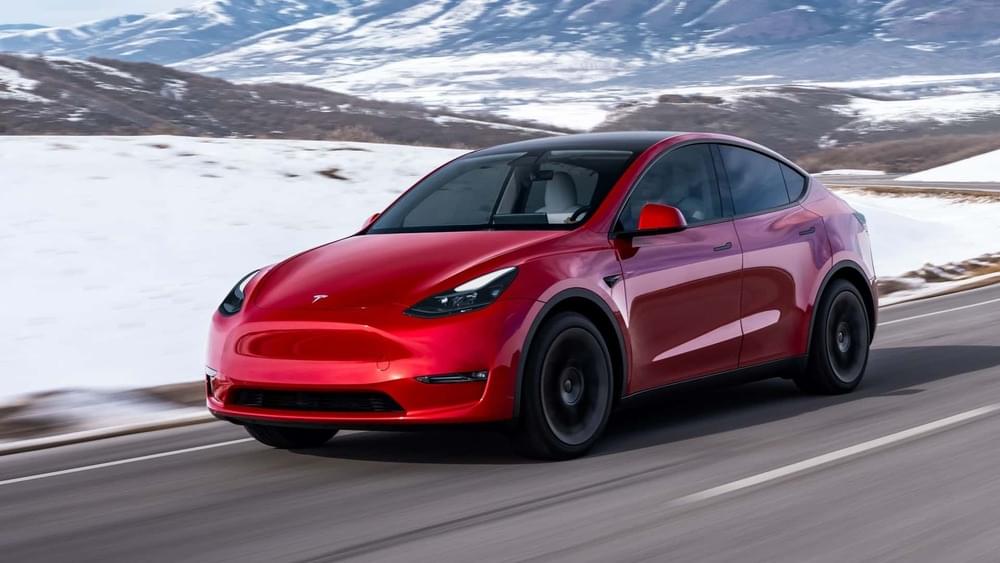Jan 26, 2024
Cornell researchers develop breakthrough EV battery that charges under 5 mins
Posted by Shailesh Prasad in categories: engineering, sustainability, transportation
A research team led by Lynden Archer, professor and dean of Cornell Engineering, has developed a new lithium battery that can charge in as little as five minutes. This could help address anxiety associated with the charging time of electric vehicles (EVs) and increase their adoption.
In their bid to reduce emissions from transportation, countries worldwide are looking to electrify various modes of transport. Road-based transport such as cars, buses, and trucks have led this transformation, aiming to even ban the sale of fossil fuel-powered cars in the next decade.
With technological advances, the fastest commercial charger can charge up an EV in no less than 30 minutes. While this might be a major improvement over the 8-hour charge cycles of a typical home-based charger, it still needs to be improved for large-scale adoption of EVs.


















